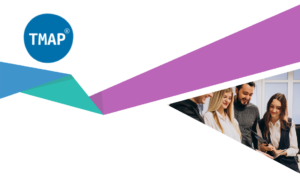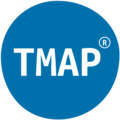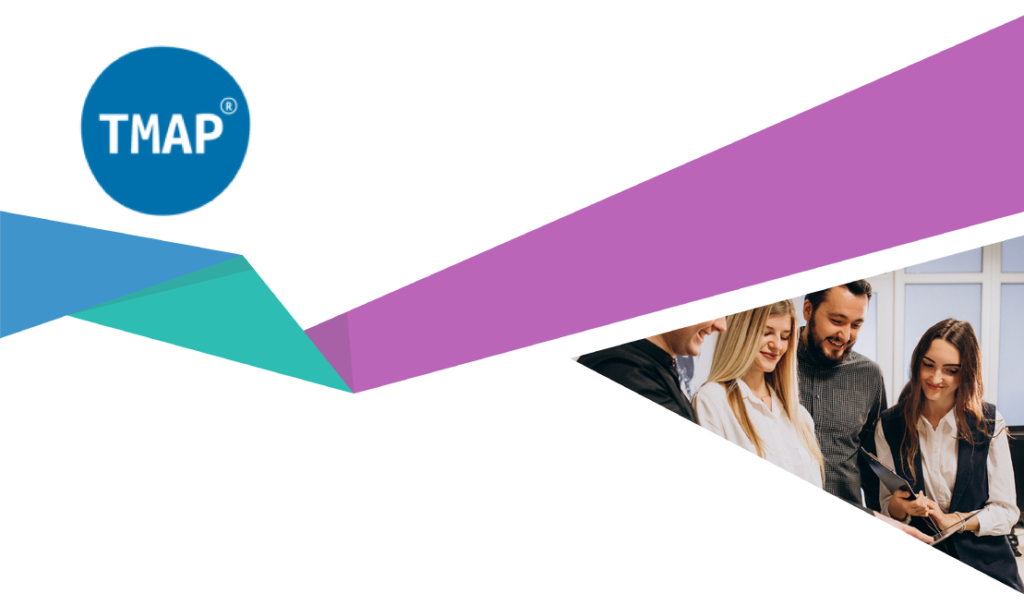Reflections on the training courses – by Freddy Berriau, Sogeti France.
I’ve been working at Sogeti for 7 years and I’ve been working in testing and training for more than 20 years. I’m working in the Sogeti office of Bordeaux in the South-West of France. I was a trainer for the former TMAP training already. I got my certification for TMAP: Quality for Cross-Functional Teams (QCFT) in September 2021 and was accredited as a trainer myself. Since then I had the opportunity to give several TMAP: QCFT training courses. Some of my trainees are beginners, and rookie testers and some of them are very experienced test managers and senior testers. I’m happy to see that all of them are really interested in TMAP. Even those who already had the previous TMAP certification. The experienced people are quite familiar with the test design techniques but appreciated much of the content about DevOps and Cross-functional teams. On the trainer side, I feel very comfortable with this new training. The Learning objectives are clear and quite easy to explain and the 6 sessions are well balanced. The next step for me is the TMAP: High-Performing Quality Engineering training, which I will attend in June. And I look forward to become an accredited trainer for that too.

Reflections on the VOICE model – by Gitte Ottosen, Key2Quality
When I take a moment to reflect on the discussions I have had with the participants when doing the TMAP: Organizing Built-in Quality at Scale training course over the last year, one of the topics that really stands out is the discussion around the VOICE model. When discussing quality and the communication around the value it often brings two very different questions out in the open:
- Do we as a team know what value the customer is pursuing with the solution we make?
- How much thought have we given the selection of indicators we use to keep an overview of test activities and quality?
As a team, we often tend to focus on “the features”. What is it the customer wants us to build and deliver, and how should it work? We look at the functionality, add acceptance criteria detailing the WHAT, and quickly move on to focusing on the HOW – how do we build this? But we don’t really talk much about the WHY. I don’t think it is due to lack of interest … the WHAT and the HOW are what we excel at, so that tends to get the focus. But as a result of this, we see features that are excellent; they work flawlessly and they are beautiful – but when the users get their hands on them they find that it does not support their needs, it does not add the value they pursued. As an agile team that should be at the very core of what we do, just think about the very first principle of agile: Our highest priority is to satisfy the customer through early and continuous delivery of valuable software. As a team, we need to understand what difference we are going to make for the people receiving our solution, and what VALUE it will have for the end-users?
TMAP is about improving Products, Processes, and People. To support the improvement of these aspects you can use Goal Question Metric (GQM) for products, Quality to Activity Mapping (QAM) for processes, and Quality to People Mapping (QPM) for improving people. Read more about it, simply enter GQM, QAM, or QPM in the search-bar to find the wiki on the subject. Are you interested in improving people? Check out the TMAP-certification-website.

